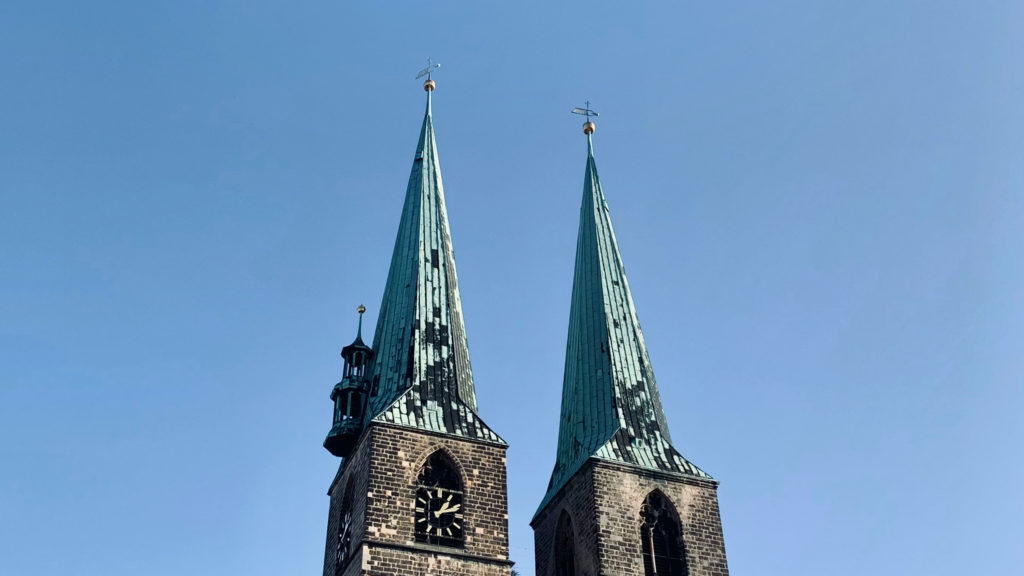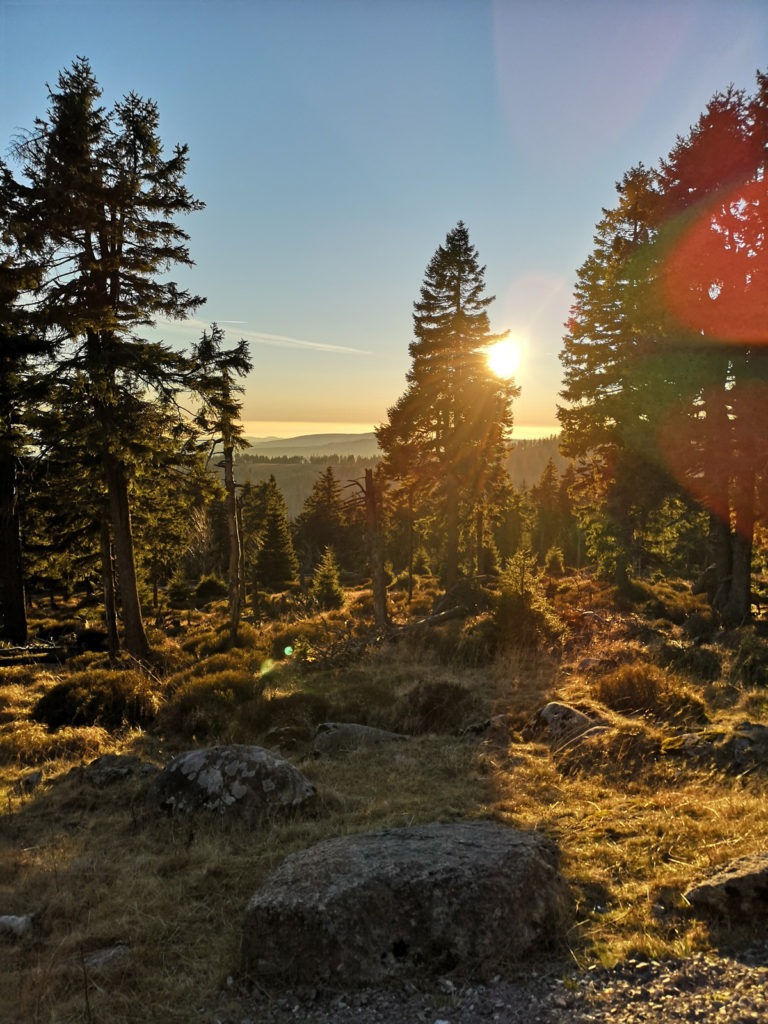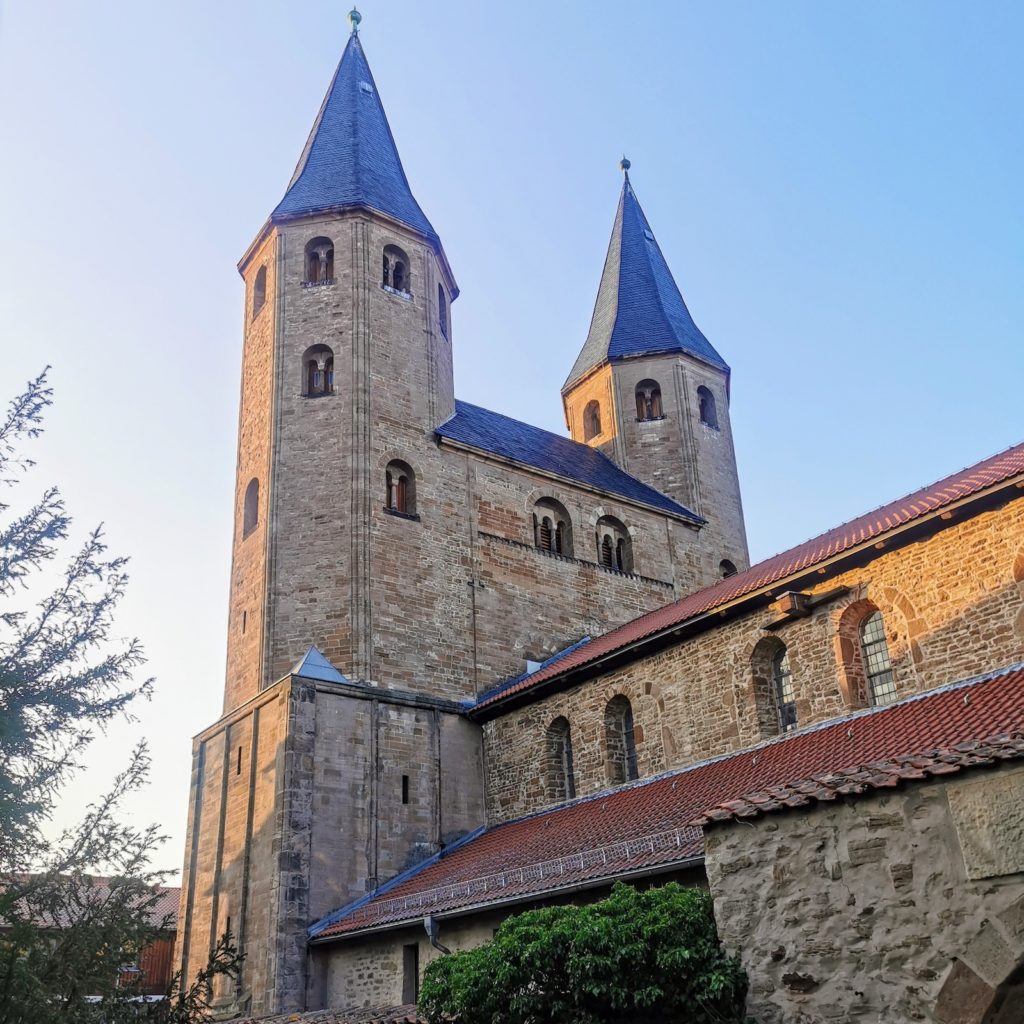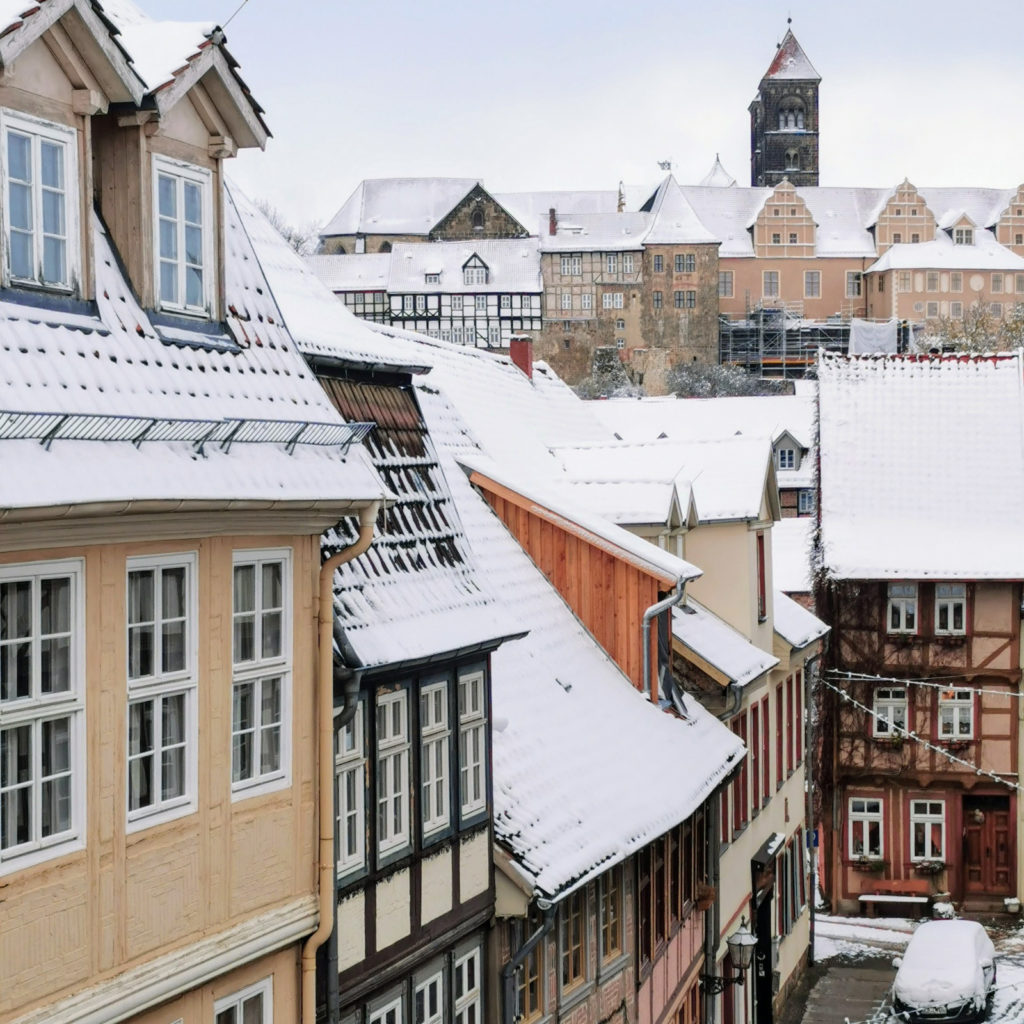The gem of Quedlinburg is nestled in the beautiful landscape of the historic region of the northern Harz foreland. The lively World Heritage town with its unique cultural significance is the starting point for voyages of discovery into the past and the legendary nature of the Harz Mountains.
In the region north of the Harz Mountains, historically significant layers overlap - from early finds, Romanesque buildings and buildings from the modern era, as well as gardens and parks from different eras - there is much to discover.
Other world heritage sites, such as the Wörlitz Garden Kingdom, the Bauhaus ensemble and the cathedral in Naumburg, the Unstrut Valley and the Elbe are also not far away.
Quedlinburg's old town centre, the largest closed monument in Germany, was added to the UNESCO World Heritage List in 1994 together with the Schlossberg and the collegiate church, the Wipertiikirche and the Münzenberg. The origins of Quedlinburg date back to the 10th century. The town in the Harz foreland was one of the first medieval centres in Germany.
Around 1,200 half-timbered houses dating back eight centuries line winding cobbled streets and form a unique backdrop. They are overlooked by the Schlossberg, crowned by the thousand-year-old Romanesque collegiate church of St Servatii, which houses the precious cathedral treasury. For nine hundred years, women ruled the city from the abbey and influenced German history.
In the rain shadow of the Harz Mountains, Quedlinburg developed into the centre of seed breeding in the 19th century. The "Breeders' Trail", which leads to various stations in Quedlinburg, is dedicated to this period of the town's history. Floral motifs in stained glass windows in buildings from the Gründerzeit and Art Nouveau periods bear witness to this time.
Every year on the 2nd Sunday in September, numerous monuments in the city centre open their doors for "Open Monument Day" and offer fascinating insights: Construction sites, renovated houses and imposing buildings. The half-timbered museum offers an insight into half-timbered constructions and renovations.
The vibrant World Heritage Site is alive all year round with cultural highlights such as the Quedlinburg Music Summer, which presents top-class musicians in summer, the Feté des la Musique, the Quedlinburg Book Spring, the Harzmovienale, the Dixieland & Swing Days, the Summer Open Air, the Kaiserfrühling, the Königstage, the fascinating insights offered by the Open Monument Day and the "Advent in the Courtyards".
The Harz Theatre, which stages plays, operas and ballets at various venues in the Harz region, offers visitors a broad programme. The theatres in Quedlinburg and Halberstadt are the main venues.
The world-famous cathedral treasury, which dates back to the 10th century under the Ottonians and comprises an outstanding ensemble of medieval treasures, can be viewed in the collegiate church of St Servatii. After extensive refurbishment and reorganisation, the palace museum will reopen in 2025.
The Lyonel Feininger Gallery Museum shows works by the Bauhaus master Lyonel Feininger and has an extensive collection of his prints. The changing exhibition is complemented by special exhibitions of high-calibre prints.
The Klopstock House, the birthplace of Friedrich Gottlieb Klopstock (1724-1803), gives an impression of the poet's life and work. In his poetry and his main work "Messiah", he characterised a new poetic language on the basis of which classical German literature (Goethe, Schiller etc.) was built. The museum also presents other famous Quedlinburg personalities from this period, such as the first German doctor Dorothea Erxleben, the sports pedagogue Johann Christoph Friedrich GutsMuths and the founder of geography Carl Ritter.
The Museum Klosterkirche St. Marien on the Münzenberg shows the structural elements of the Ottonian basilica, which dates back to the founding of a monastery in 986 and was later built over with residential buildings, as well as the history of the monastery.
The cold season attracts many visitors to the Advent town of Quedlinburg in December. Surrounded by concerts, there is a very special atmosphere in Quedlinburg in the run-up to Christmas. The Christmas market in front of the town hall and the half-timbered houses provides a unique backdrop. Every day, a different door is opened on the Schlossberg for the living Advent calendar, behind which a scene is played out.
The highlight of this period is the 1st, 2nd and 3rd Advent weekends, when many courtyards throughout the historic old town open their doors for "Advent in the Courtyards" and numerous stalls inside offer special gifts and culinary delights.
The Advent House opens its courtyard and house at Hohe Straße 27, offering visitors a special Advent experience on the first 3 weekends in December.
The Christmas concerts in St Nicholas' Church often have hundreds of participants and mark the end of the Advent season just before Christmas.
